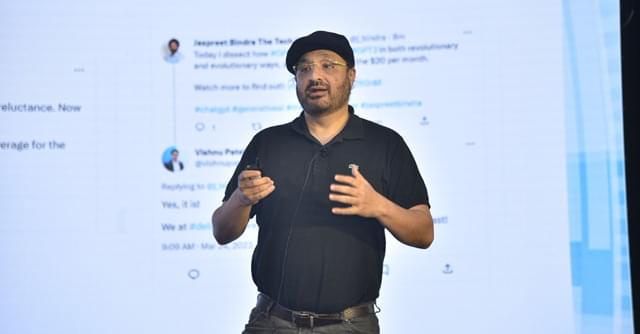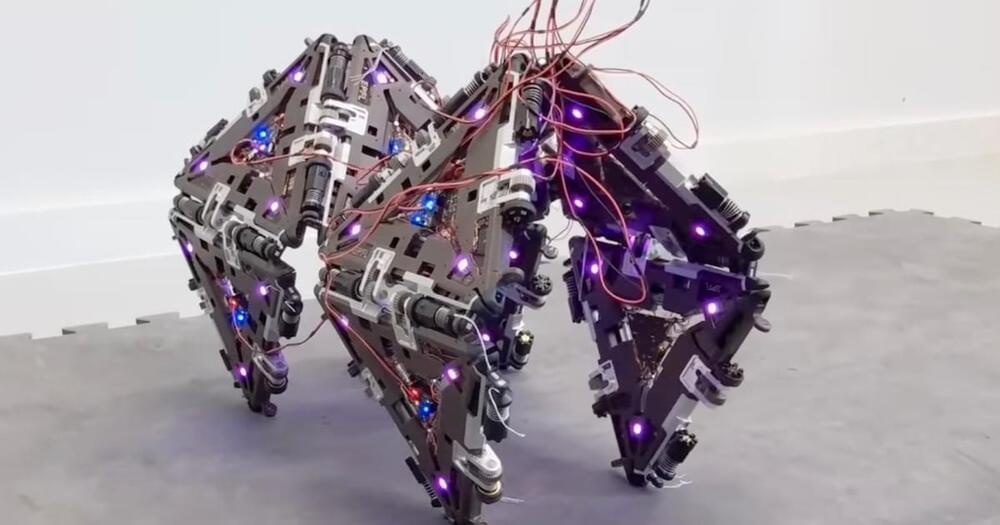Mercedes owners in the U.S. will soon add a new luxury to their already luxurious vehicles: ChatGPT. The automaker is adding OpenAI’s conversational AI agent to its MBUX infotainment system, though what it could possibly be needed for is hard to say.
U.S. owners of models that use MBUX will be able to opt into a beta program starting tomorrow, June 16, activating ChatGPT functionality. This will enable the highly versatile large language model to augment the car’s conversation skills. You can join up simply by telling your car “Hey Mercedes, I want to join the beta program.”
It’s not really clear what for, though. After all, a car is a pretty well constrained environment. People need to drive, navigate, and control their media and the car’s basic functions, and certainly a voice interface is sometimes the safest or best option for doing so without taking their eyes off the road.







 Generative artificial intelligence (AI) has put AI in the hands of people, and those who don’t use it could struggle to keep their jobs in future, Jaspreet Bindra, Founder and MD, Tech Whisperer Lt. UK, surmised at the Mint Digital Innovation Summit on June 9.
Generative artificial intelligence (AI) has put AI in the hands of people, and those who don’t use it could struggle to keep their jobs in future, Jaspreet Bindra, Founder and MD, Tech Whisperer Lt. UK, surmised at the Mint Digital Innovation Summit on June 9.

